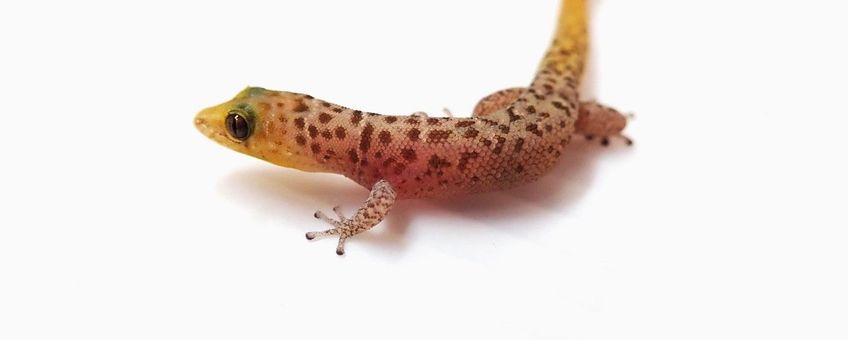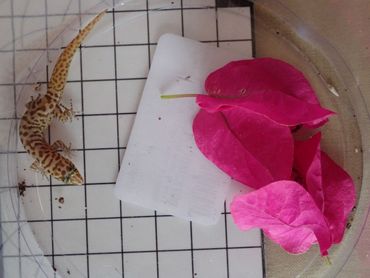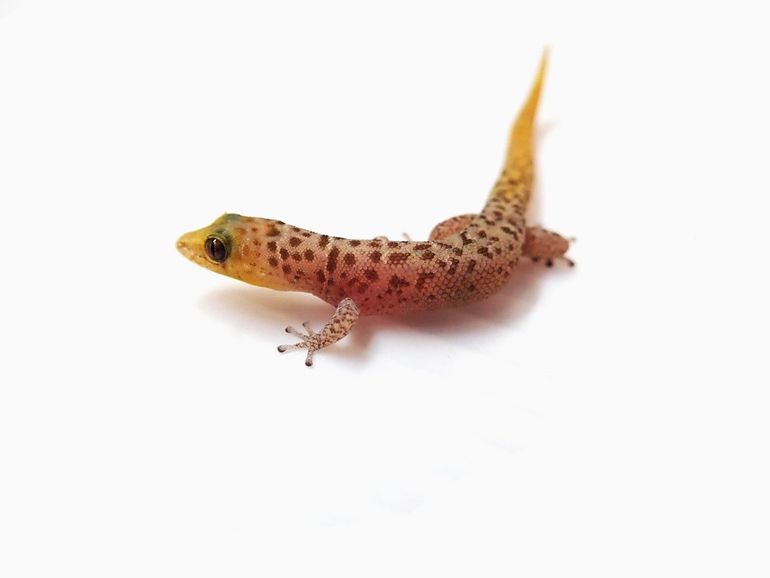
First official record of Least Gecko on Saba in sixty years
California Academy of Sciences, Dutch Caribbean Nature Alliance (DCNA), University of California DavisThe native versus introduced status of this species on Saba is still unknown, creating potential issues for conservation planning in the future.
 The islands of the Caribbean each offer their own unique oasis to a wide variety of species. Although the islands may appear similar, thousands of years of isolation have allowed many species to evolve to match their surroundings. This is certainly the case for many types of Lesser Antillean reptiles. Most islands are home to at least one locally endemic species, not found anywhere else. One example is the Least Gecko (Sphaerodactylus sputator) not to be confused with the Saba Least Gecko (Sphaerodactylus sabanus).
The islands of the Caribbean each offer their own unique oasis to a wide variety of species. Although the islands may appear similar, thousands of years of isolation have allowed many species to evolve to match their surroundings. This is certainly the case for many types of Lesser Antillean reptiles. Most islands are home to at least one locally endemic species, not found anywhere else. One example is the Least Gecko (Sphaerodactylus sputator) not to be confused with the Saba Least Gecko (Sphaerodactylus sabanus).
New reports
A recent survey, conducted by scientists from the University of California Davis and California Academy of Sciences, confirmed the presence of the Least Gecko on Saba for the first time since 1963. In October 2021, two individuals were photographed, and genetic samples were taken for confirmation. Both geckos were found on human-constructed stone walls, among what appeared to be many others of the same species. It is still unclear if this species is native to the island, or introduced in recent history. Although there are no previous records of this species from the island in guide books or scientific literature, there are two known specimens at the Museum of Comparative Zoology at Harvard University that were collected from Saba in 1963.
Gecko mystery

The location and date of the 1963 specimens provide interesting pieces to this puzzle. 1963 was the year Saba’s airport began operation. It is unlikely that the airport was the site of introduction for this species, because the specimens were collected from the opposite side of the island. Furthermore, these specimens was said to have been collected along the road to Fort Bay, but Fort Bay itself was not constructed until 1972. Therefore, if the species is indeed introduced, it is most likely that these specimens (or their earlier relatives) entered the island via Ladder Bay.
Understanding the native ranges of species is important not only for conservation and management purposes, but also for achieving a better understanding of their life cycles and evolution. Furthermore, the potential expansion of the Least Gecko’s range to include Saba is unlikely a conservation concern for the island, as the least gecko and Saba least gecko live together on other Caribbean islands without issue.
More information

The DCNA
The DCNA supports science communication and outreach in the Dutch Caribbean region by making nature related scientific information more widely available through amongst others the Dutch Caribbean Biodiversity Database, DCNA’s news platform BioNews and the press. This article contains the results of one of those scientific studies but the study itself is not a DCNA study. No rights can be derived from the content. DCNA is not liable for the content and the in(direct) impacts resulting from publishing this article.
Text: DCNA, University of California Davis & California Academy of Sciences
Pictures: Michael Lihan Yuan
